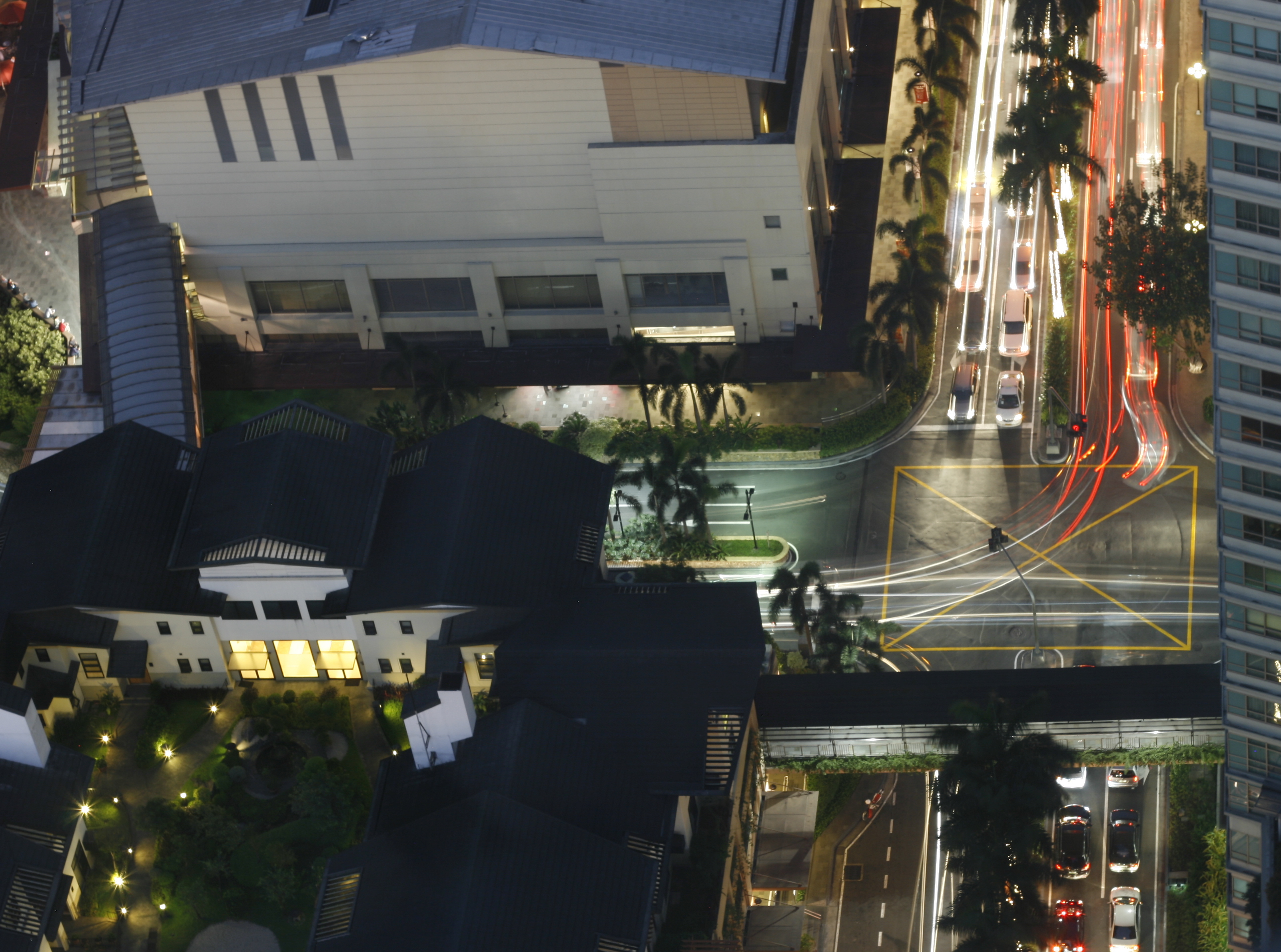
Uploaded on 2016-07-06 by Jason B. Santos
Module 6 – Compulsory Exercise: Energy Flows – The Philippine Setting The ultimate goal of analyzing energy and all its facets is to reduce carbon dioxide emissions in order to have a cleaner environment and in effect, have a sustainable, resilient and livable city. An important dimension of energy is – political. 1. The following are the dominant fossil fuels used in my country – The Philippines based on the link www.iea.org/sankey: In Million Tonnes of Oil Equivalent (Mtoe) a. Oil Products = 12.24 b. Biofuels and Waste = 6.08 c. Electricity = 5.29 d. Coal = 2.14 e. Natural Gas = 0.06 2. The dominant fossil fuels in the Philippines are mainly used in the following sectors: a. Other (9.83 Mtoe) – Residential (3.79 Mtoe), Commerce and Public Services, Agriculture, Forestry, Fishing. b. Transport (8.77 Mtoe) – Road (7.9 Mtoe), Domestic Aviation, Rail & Domestic Navigation. c. Industry (6.89 Mtoe) – Iron & Steel, Chemical & Petrochemical, Non-metallic minerals, Machinery, Mining & Quarrying, Food & tobacco, Paper pulp & print, Wood & wood products, Construction and Textile & leather. 3. Proposed policies to improve the environmental friendly and sustainable sources and consumption of energy of the Philippines towards a sustainable and resilient livable city: Based on the Sankey diagram link, the Philippines is heavily reliant on fossil fuels as an energy source. The objective is to utilize more the Biofuels and Natural Gas as energy sources. a. Provision for incentives; either tax or financial, on the use of environmental friendly and sustainable sources of energy. b. Encourage foreign investors through incentives and partnerships for the use of renewable energy – Solar, Wind and Hydro power. For me this is the most untapped dimension in the energy sector in the Philippines due to cost constraints (high initial & investment cost) for development. c. On the local level, implement composting in the community and then for each household. This is to augment energy requirement in the household. d. Include in the education curriculum to implant to the young ones – the next generation on the alternative energy sources besides fossil fuels. There is so much impact in education and awareness, especially on the early stages of learning in the development of children. e. Conserve the use of energy by providing rewards (gift items) or incentives (tax credits) to the citizens. f. Implement design and planning competitions local and nationwide (cities and regions) for buildings, houses and other structures that use environment friendly materials and methods of construction which entail low energy requirement and consumption. g. For the transportation sector, discourage the use of motor vehicles by providing alternative transportation that are more health and environmentally friendly. These are – bikes, electronic vehicles and scooters. The use of these must also include dedicated pathways or special lanes.